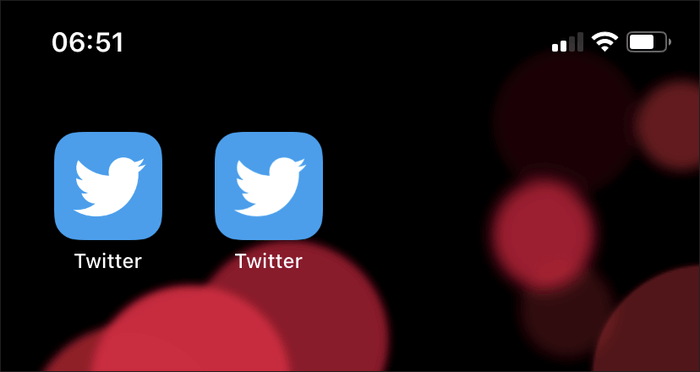Developers have been trying to find alternatives to modern mobile apps for a long time. Whatever they came up with. Some have tried to create cloud versions of popular programs and games so that the entire processing load falls not on a smartphone, but on remote servers by streaming type. Others created lightweight versions of common applications. However, only progressive web applications, which are very popular on Android, and have now become even better, managed to get more or less close to the format of traditional software in terms of convenience and functionality.

PWAs could replace traditional apps, and Google doesn't seem to mind
Web applications on Android

The icons of regular applications and PWA are absolutely identical
Android will receive advanced support for progressive web applications in the near future. This was stated by Google web developer Thomas Steiner. They will allow the user to create separate desktop shortcuts. Previously, such an opportunity was available only to traditional applications, and even then, only to those whose developers were concerned about adding a special mechanism. However, in the case of web applications, it will be the same – their creators will have to add the function of creating shortcuts on their own.
If you have no idea what labels are, then I will try to explain in a nutshell. They are the same icons as the applications to which they belong, but at the same time launching them takes you to specific sections of these applications or their functions. This is done so that the user can have quick access to certain features of the installed programs without having to launch them and look for what he needs, wasting extra time on it.
Why you need progressive web apps

On the right is the regular application Twitter, and on the left is the PWA
Support for shortcuts by progressive web apps, oddly enough, will not be a system update, but will be part of the next version of Google Chrome, which will be released in June. This is due to the fact that it is the web browser that ensures the functioning of the PWA, since the PWA itself, if you remember, is a regular web page that was simply specially adapted to work in the format of an application, depriving the characteristic elements of the site such as the search bar, scrolling mechanism, etc. .d.
How important is it? Really very important. Despite the fact that progressive web applications are not yet very popular, this is an extremely promising product that has a number of undeniable advantages over traditional software:
Why PWAs are better than regular apps
- PWAs take up significantly less free space in the smartphone's memory;
- PWAs, although they save the cache, do not do it as extensively as traditional applications;
- Oftentimes, PWAs can be even more feature rich than traditional applications;
- PWAs don't need an app store, which means, in theory, they can make Google Play optional;
- PWAs have exactly the same desktop icons as regular applications from Google Play;
- PWAs have a completely identical interface to traditional applications;
- PWAs are not tied to a specific operating system, which makes them cross-platform.
As you can see, there are really many advantages to PWAs. First of all, they should be appreciated by owners of entry-level devices who value lightness in applications. However, in my opinion, Huawei, which is looking for ways to return its users access to Instagram, Facebook and WhatsApp, whose developer well, he doesn't want to post them in the AppGallery. Therefore, with due persistence of market players from PWA, you can make a real and much stronger alternative to traditional software. It's strange that Google doesn't mind at all.
